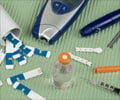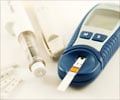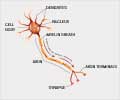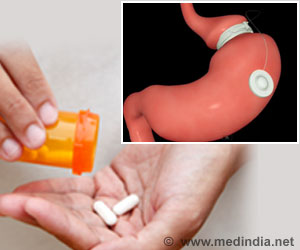- Diabetes can have symptoms that appear gradually and may not immediately indicate that something is wrong
- Recognizing these symptoms, including darker skin on the neck, funny-smelling breath, dry mouth, nausea, unbearable pain in the legs, sexual dysfunction, and repeated episodes of infection, can aid in the early detection of the disease
- If a person encounters symptoms that could indicate diabetes, they should consult a doctor
Unusual Signs of Diabetes to Look Out for
These signs may not represent the classic symptoms of diabetes, but one must always be on the lookout for these unusual signs to catch diabetes in its early stages.Darker Skin on the Neck
Diabetes is characterized by thick, black patches of skin on the neck. This skin has a silky texture that can be harsh at times. This disorder, known as acanthosis nigricans, can also be found in the groin and armpits (1✔ ✔Trusted Source
An approach to acanthosis nigricans
Go to source).
Fruity Smelling Breath
Diabetes complications include fruity-smelling breath, which is technically known as diabetic ketoacidosis. When the body is unable to utilize insulin, it breaks down lipids for energy, releasing ketones in the process. The breath smells like acetone or has a fruity odor due to an excess of ketones in the blood (2✔ ✔Trusted Source
Early Detection of Diabetic Ketoacidosis by Breathalyzer in a Sailor Reporting for Duty
Go to source).
Dry Mouth
Dry mouth, while not directly related to the common perception of diabetes that we all have, is an atypical sign of diabetes. High blood sugar levels limit saliva output, making the mouth dry (3✔ ✔Trusted Source
Xerostomia in diabetes mellitus
Go to source).
Nausea
Nausea and vomiting, a normal body reaction to problems, are also indicators of diabetes. Diabetes impairs the body's digestive abilities. High blood sugar levels create gastroparesis, a disorder that affects how you digest meals (4✔ ✔Trusted Source
Nausea and vomiting in the diabetic patient
Go to source).
Unbearable Pain in Legs
Pain in the legs or feet may indicate that one has high blood sugar levels. Diabetes causes nerve damage, or diabetic neuropathy, which causes discomfort or numbness in the limbs. Several people have burning sensations in their limbs (5✔ ✔Trusted Source
Painful swelling of the thigh in a diabetic patient: diabetic muscle infarction
Go to source).
Sexual Dysfunction
In men, erectile dysfunction is a warning symptom of diabetes. High blood sugar damages the blood vessels and nerves that deliver blood to the penis, making it harder to achieve an erection (6✔ ✔Trusted Source
Sexual dysfunction in diabetes
Go to source).
Repeated Episodes of Infections
Diabetes impairs the body's immune system's ability to combat germs and puts the body in danger of infection. High blood sugar levels increase the body's susceptibility to sickness. You may be susceptible to vaginal infections, yeast infections, bladder infections, and skin infections (7✔ ✔Trusted Source
Diabetes Mellitus and Infections
Go to source).
When to See a Doctor
It is strongly advised that anyone experiencing symptoms such as frequent urination, excessive thirst, or weariness consult a healthcare expert. A doctor can administer tests to monitor a person's blood sugar levels, such as the A1C test, which can aid in the diagnosis of diabetes.References:
- An approach to acanthosis nigricans - (https://pubmed.ncbi.nlm.nih.gov/25165638/)
- Early Detection of Diabetic Ketoacidosis by Breathalyzer in a Sailor Reporting for Duty - (https://pubmed.ncbi.nlm.nih.gov/31141143/)
- Xerostomia in diabetes mellitus - (https://pubmed.ncbi.nlm.nih.gov/1516511/)
- Nausea and vomiting in the diabetic patient - (https://pubmed.ncbi.nlm.nih.gov/9484294/)
- Painful swelling of the thigh in a diabetic patient: diabetic muscle infarction - (https://pubmed.ncbi.nlm.nih.gov/10499195/)
- Sexual dysfunction in diabetes - (https://pubmed.ncbi.nlm.nih.gov/25410225/)
- Diabetes Mellitus and Infections - (https://www.ncbi.nlm.nih.gov/books/NBK569326/)
Source-Medindia










